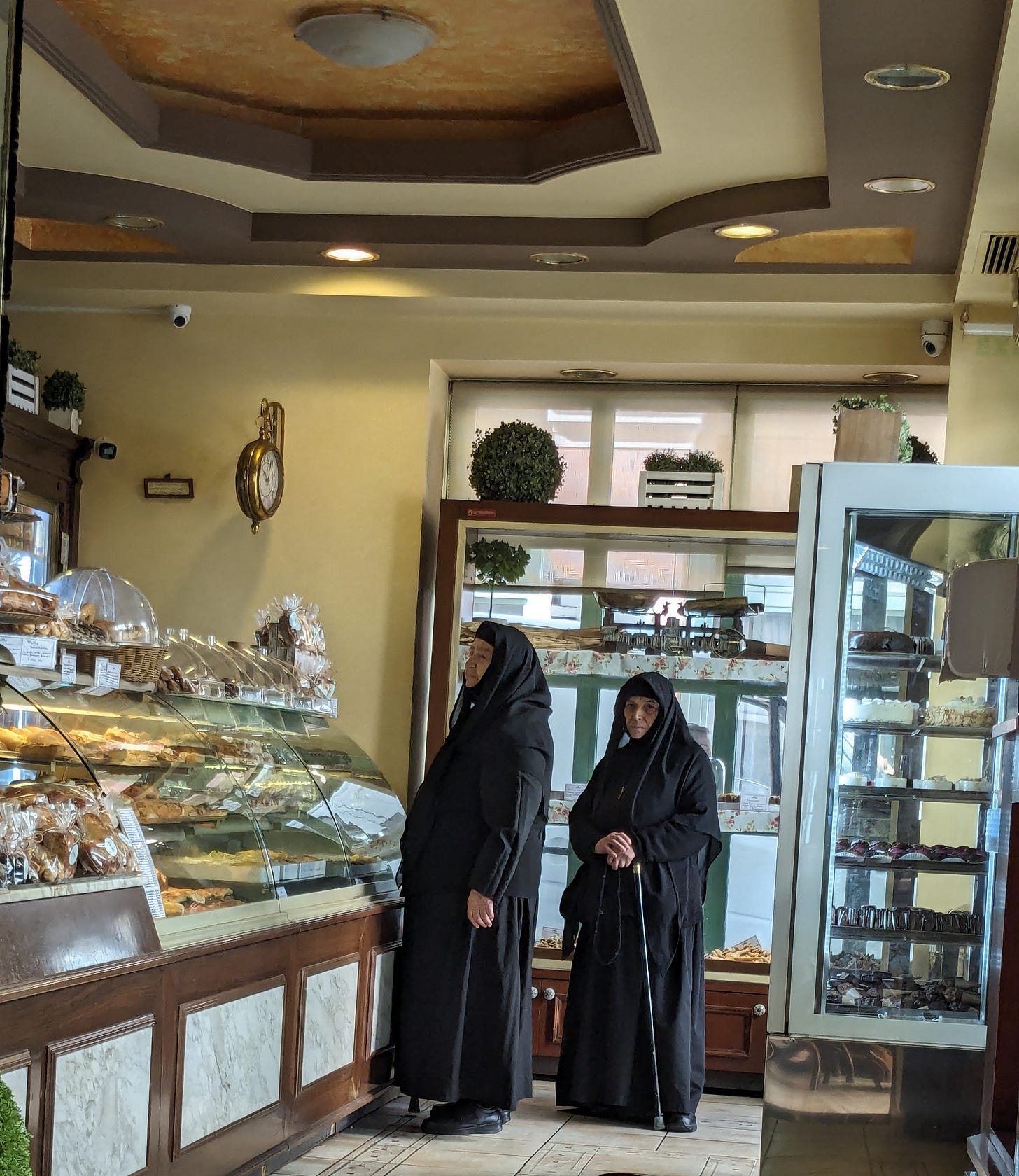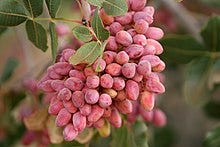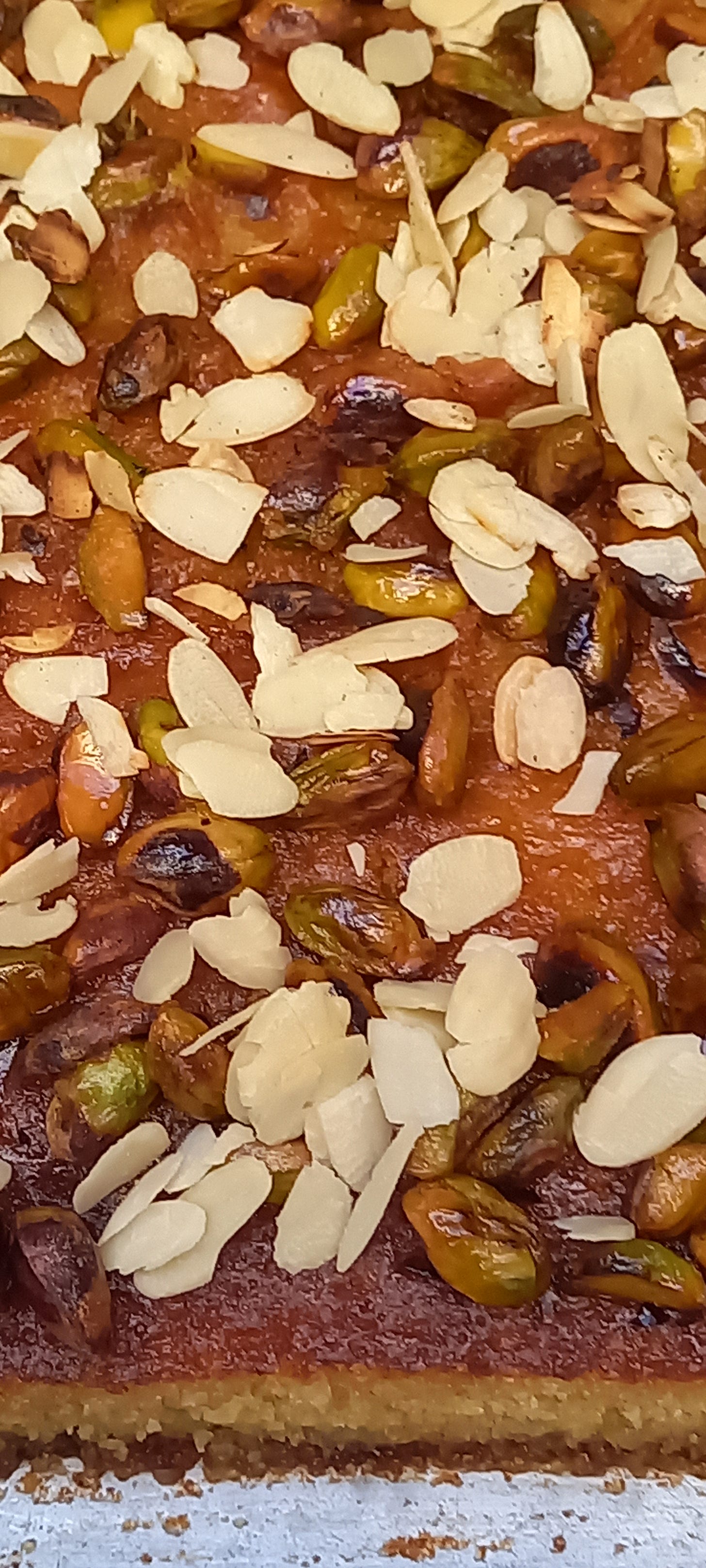There’s a certain common thread among main course dishes eaten across neighbouring swathes of the world. While a slow-roast lamb in France may nestle on a bed of haricot beans and one in Greece on lemony potatoes, both are surrounded by copious heads of garlic and sprigs of rosemary. Meat is widely married with fruit - quince or prunes or apricots - across the Magreb region of North Africa and not uncommonly in southern Italy and Spain, and pork matched with apples in England and Scandinavia.
Puddings (the British word for all desserts) and pastries are more anchored. They seem to keep pretty much within national or continental borders. Almost everything is now exported everywhere; croissants, for one, have become universal. And every city and town with immigrant communities will have stores for ethnic specialities. But while you can get a (usually dire) Sachertorte in the chain patisseries of pretty much any capital of the northern hemisphere, it would be a stretch to find an Eccles cake in Minneapolis. Or a Galettes des Rois in Lima. In London, it’s easy to find baklava. But a meringue in Athens? Needle in a haystack.
Meringues are not what you go to Greece to eat. They’re just not part of the Greek determination to satisfy their sweet tooth. Perhaps home chickens are responsible for their scarcity, not laying as regularly or prolifically as they do in cooler countries therefore not making meringues a feature of the family table. Besides, meringues call for cream. Milk from Greek cows is turned into rich strained yogurt, not cream. Greek pastries aren’t about cream and eggs, they’re about nuts. And honey. And nuts.
I had a plane to catch but not all the boxes on my Athens to-do list had been ticked. Like the nuns in the photo, I wanted baklava, even though I can get it in London. But it's not frequently a pastry for a Brit to buy.
Baklava and kataïfi are celebrations of Greek nuts and Greek honey. Tissue-thin or vermicelli-like pastry is stuffed with chopped pistachios or walnuts and soused in bees’ gold. Greeks with enough land to grow olive or pistachio trees often have beehives planted alongside them, to help with pollination as much as to provide the family with honey.
The source of Athens’ best and more rounded pistachios, for pastries or for prizing open with a glass of ouzo, is the island of Aegina, where pistachios, established there as a crop around 1860, are considered so superior they have their own denomination protection. A member of the cashew family, pistachio trees are believed to have originated in Persia. They grow prolifically in the wild in Afghanistan and far across the Middle East and Central Asia - and of course in cultivation in California. (Aware I’m in danger of irritating many of you as I did in the case of bruschetta-pronounced-brusKeta, I point out the nut is correctly enunciated pistaKio, not pistaSHio…)
They have a long history. Pistachios were said to have been planted in the Hanging Gardens of Babylon (55 miles south of Baghdad, Iraq) by King Marduk-apla-iddina II about 700 BC for the pleasure of his wife.
A member of the cashew tree family, pistachios trees can live up to 300 years. Evidence of their being commonly eaten has been found in archaeological sites in Uzbekistan dating back to 6750 BC. Theophrastus, a Greek philosopher who died around 287 BC, refers to the nut in his writings, as does Dioscorides, a botanist and physician considered the father of pharmacognosy (the study of drugs derived from flora and fauna), who lived to around 90 AD. Someone you’re more likely to have heard of, Roman naturalist and philosopher Pliny the Elder, 23-79 AD, author of the encyclopedia Naturalis Historia, model for all encyclopedias to follow, wrote in it that pistachio trees were “well known among us”. They are believed to have been introduced into Italy around 30 AD at the instigation of Lucius Vitellius the Elder, the Roman proconsul in Syria who lived from around 7 BC to 51 AD. At the same period, seeds were transported for growing in the Iberian peninsular (Spain).
A Greek friend dismisses pistachios as the crisps of the Ancients - mere junk food, albeit it expensive junk food. His opinion makes the point that junk food goes back way beyond the date many people cite as the birth of modern junk food: April 6, 1930, nearly 94 years ago, the day the Continental Baking Company of Chicago introduced the world to the Twinkie.
Which junk food would you prefer - pistachios or a small, faux-cream sponge cake? Have this honey-and-nut cake instead. It’s not junk food
5 large eggs
225g/8oz Greek yogurt
400g/14oz granulated sugar
5 tablespoons ground almonds
Zest of 1 scrubbed lemon
Zest of 1 scrubbed orange
155g/5 ½ oz flour, plus more for dusting
175g/6oz coarse semolina
2 teaspoons baking powder
175ml/6 fl oz extra virgin olive oil, plus more for greasing the pan
Handful shaved almonds for topping (optional)
For the syrup
225g/8oz shelled salted pistachios
420g/14.80 oz (1 ¼ cup) good runny honey
Juice of 2 oranges
Juice of 1 lemon
Preheat the oven to 180C/350F. Grease a 22cm/9 in x 33cm/13 in baking pan with oil and dust with flour.
In a large bowl, mix together with an electric beater the eggs, yogurt, sugar, ground almonds, orange and lemon zest, plain flour and semolina flour, baking powder, and olive oil. Scrape the batter into the baking pan and spreading it evenly.
Bake 25 to 30 minutes until the cake is golden and a toothpick inserted into the centre comes out clean. Remove from the oven and let the cake completely cool in the pan.
In a large dry non-stick pan over medium-low heat, toast the pistachios. As soon as you can begin to smell them, stir in the honey, orange juice and lemon juice. Bring to a boil and reduce until nice and syrupy, 1 to 2 minutes.
Poke holes all over the cake with a long toothpick or skewer. Carefully pour this syrup all over the cake, spooning the pistachios evenly across it. Sprinkle over the shaved almonds. Leave the syrup to soak into the cake several hours before serving.






One of the bakeries on the Uxbridge road has just changed hands and the new owners have a fine line in baklava! Although I think Turkish not Greek? It's after al Dimashqi but before Loftus Road heading west, can't remember the name but they have a window display of baklava now and the long service counter runs lengthways down the room, not across.
Yum! Will definitely be trying this one. Lovely to bump into you on our way home from the baklava tasting x